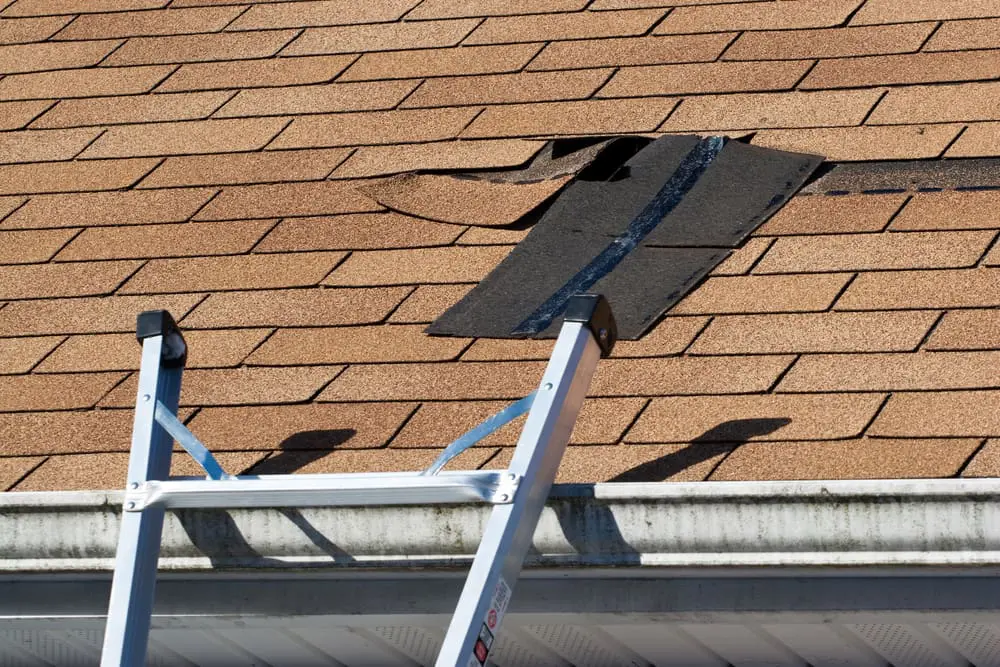In High Point, NC, where the weather can turn from sunny skies to severe storms in the blink of an eye, your roof is the unsung hero, protecting your family, your memories, and your biggest investment: your home. But when your roof is compromised, so is everything underneath it.

At Xterior LLC, we understand the anxiety and frustration that comes with recurrent roof damage. Like you, we value safety, comfort, and peace of mind above all. That’s why we’ve dedicated ourselves to providing durable, high-quality roof repair and replacement solutions tailored for High Point’s unique weather conditions. Our expert team uses only the best materials and cutting-edge techniques to ensure your roof is not just repaired but prepared for whatever nature may throw its way.
We know you’re tired of the endless cycle of repairs. You’re looking for a solution that lasts, one that protects not just your home but your family, your finances, and your future. That’s where we come in. With Xterior LLC, you’re not just getting a roof repair in New Hanover County, NC; you’re investing in a long-term solution that withstands severe weather, enhances your home’s value, and secures your peace of mind. Our comprehensive approach addresses not only the visible damage but also the underlying issues, ensuring a robust and reliable roof over your head.
Why settle for less when your home’s safety and comfort are at stake? With Xterior LLC, you’re choosing a partner committed to excellence. Our team of certified professionals is not just skilled in roof repair; we’re homeowners too. We understand the importance of trust, quality, and reliability. That’s why we offer transparent pricing, detailed project timelines, and a satisfaction guarantee. Because your peace of mind is our top priority.
Homeowners across High Point, NC, have trusted Xterior LLC for their roof repair needs. We proudly offer the same high-quality roof repair in Wilmington, NC, ensuring durable solutions for residents across both locations.. They’ve said goodbye to anxiety, frustration, and the fear of the next big storm. Now, it’s your turn. Whether you’re dealing with leaks, missing shingles, or structural damage, we’re here to help. Don’t let another day go by worrying about your roof. Contact us today and take the first step towards a secure, durable, and worry-free home.
Don’t wait for the next storm to test your roof’s limits. Contact Xterior LLC today for a free, no-obligation consultation. Our expert team will assess your needs, provide a detailed quote, and guide you through every step of the process. Secure your home, protect your family, and regain your peace of mind. Call us now!
At Xterior LLC, our focus is on providing long-term solutions rather than temporary fixes. We use high-quality materials, employ certified professionals, and offer transparent pricing and a satisfaction guarantee. Our comprehensive approach ensures that we address both visible and underlying issues, providing you with a durable and reliable roof.
The duration of roof repair can vary depending on the extent of the damage and the specific requirements of your home. However, our team is committed to completing your project efficiently and with minimal disruption to your daily life. We provide detailed project timelines and keep you informed every step of the way.
Absolutely. A new, durable roof not only protects your home from weather-related damage but also enhances its curb appeal and overall value. It's a smart investment that can provide peace of mind and financial benefits in the long run.
Yes, we understand that some roof damage requires immediate attention. Xterior LLC offers emergency roof repair services to address urgent issues promptly and prevent further damage to your home.